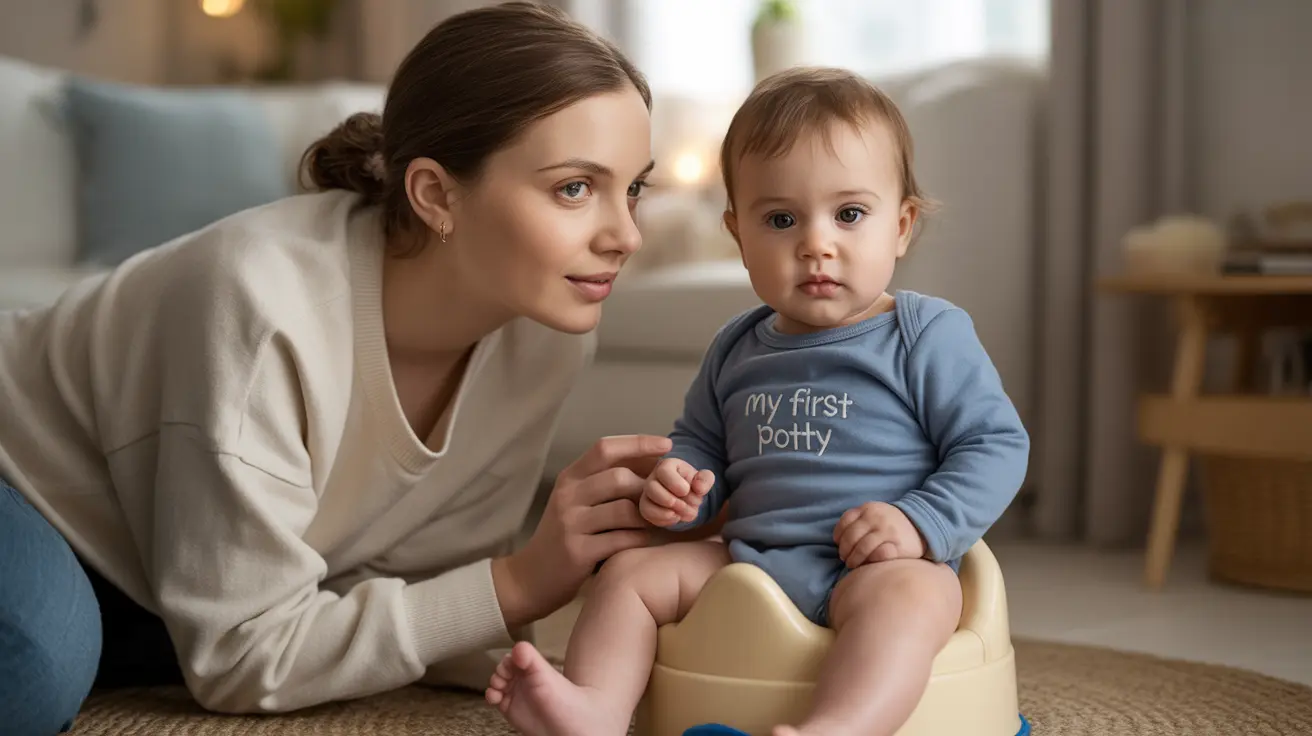Elimination communication (EC) is a gentle, natural approach to understanding and responding to your baby's elimination needs from an early age. This ancient practice, also known as natural infant hygiene, involves learning to recognize your infant's cues for when they need to eliminate and helping them use appropriate places instead of relying solely on diapers.
While this method might seem unconventional to many Western parents, it's been practiced for generations in various cultures worldwide. Understanding the benefits, challenges, and impact of elimination communication can help parents decide if this approach aligns with their parenting philosophy and lifestyle.
Understanding Elimination Communication Basics
Elimination communication is based on the principle that babies are born with an awareness of their elimination needs and can communicate these needs through specific signals. Parents and caregivers learn to recognize these cues, which might include specific movements, sounds, or facial expressions.
- Observing and learning your baby's elimination patterns and timing
- Recognizing your baby's unique signals for needing to eliminate
- Using specific positions, cues, or sounds to communicate with your baby
- Providing appropriate opportunities for elimination in a potty or other suitable place
When to Start Elimination Communication
Many parents begin EC from birth, while others start during the first few months or even later in infancy. The key is to start when you feel ready and confident to commit to the practice. Earlier implementation often leads to easier recognition of baby's cues and patterns.
The Health Benefits of EC
- Reduced risk of diaper rash due to less prolonged contact with wet diapers
- Potentially fewer urinary tract infections
- Enhanced awareness of bodily functions
- Improved physical comfort through prompt elimination
Common EC Techniques and Methods
- Timing-based catches (offering potty opportunities after meals or naps)
- Signal-based response (watching for your baby's unique cues)
- Intuitive parenting (developing a natural rhythm with your child)
- Using verbal or sound cues to establish communication
- Maintaining consistency while remaining flexible
Impact on Parent-Child Bonding
Practicing elimination communication often creates unique opportunities for strengthening the parent-child relationship. The constant attention to your baby's needs and responses helps develop a deep understanding of their communication patterns and builds trust between parent and child.
Transitioning to Independent Toileting
Many families find that babies who practice EC naturally transition to independent toilet use earlier than their peers. This progression typically occurs gradually and without the need for traditional potty training methods, as the foundation for bathroom awareness is already established.
Frequently Asked Questions
What are the benefits and drawbacks of using elimination communication with infants?
Benefits include reduced diaper use, earlier toilet independence, and enhanced parent-child communication. Drawbacks may include the time commitment required, potential challenges in childcare settings, and the need for consistent observation and response to baby's cues.
How does elimination communication affect diaper rash and urinary tract infections in babies?
EC can reduce the incidence of diaper rash and potentially lower the risk of UTIs by minimizing prolonged contact with wet diapers. Prompt elimination opportunities help maintain better hygiene and skin health.
Can elimination communication help make the transition to potty training easier for toddlers?
Yes, EC often facilitates a smoother transition to independent toileting because children maintain their natural awareness of elimination needs and already associate elimination with appropriate places rather than diapers.
What are some common challenges parents face when implementing elimination communication?
Common challenges include maintaining consistency, dealing with misses, adapting to different environments outside the home, and managing EC with busy schedules or multiple caregivers.
How does elimination communication impact the parent-child bond and infant development?
EC typically strengthens the parent-child bond through increased attention and responsiveness to the child's needs. It can support development by enhancing body awareness and communication skills while fostering independence.




